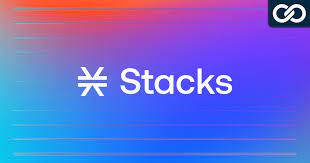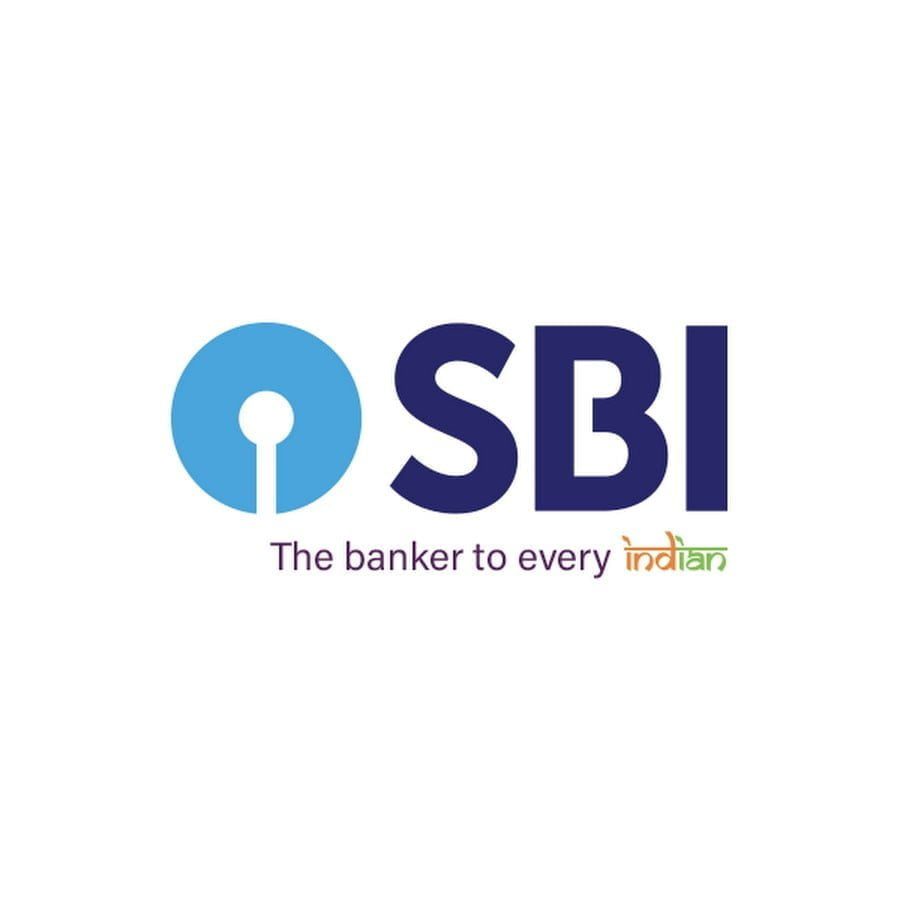Stacks 2.0: The Evolution of Blockchain Development and Web 3.0
In this article, we delve into the exciting world of Stacks 2.0, the evolution of blockchain development, and the advent of Web 3.0. The intersection of these technologies promises to revolutionize various industries, bringing forth decentralized applications, enhanced security, and unprecedented opportunities for innovation. Join us on this journey as we explore the potential of Stacks 2.0 and its impact on the future of the internet. Exploring the world of digital currency? Btc Gpt Definity offers a unique platform to assist both newcomers and veterans.
Understanding Blockchain Development
Blockchain technology has gained significant attention since the emergence of Bitcoin in 2009. Initially, blockchain was primarily associated with cryptocurrencies, but its potential extends far beyond that.
With Stacks 2.0, developers can harness the security and stability of Bitcoin while enabling the creation of smart contracts and programmable transactions, thanks to the integration with Bitcoin Era. This integration allows developers to build decentralized applications (dApps) on top of the Bitcoin network, expanding the possibilities of blockchain technology.

The Advantages of Stacks 2.0
Stacks 2.0 brings several notable advantages to the table, making it a game-changer in the blockchain space. Let’s explore some of its key features:
Clarity Smart Contracts
Clarity, the programming language of Stacks 2.0, provides developers with a secure and predictable environment for building smart contracts. Its design focuses on safety and ease of use, enabling developers to write reliable and auditable code. By eliminating common vulnerabilities found in other smart contract platforms, Clarity ensures that applications built on Stacks 2.0 are trustworthy and less prone to exploits.
True Decentralization
Unlike many other blockchain platforms, Stacks 2.0 leverages the security of the Bitcoin network, which is renowned for its decentralized nature. By anchoring to Bitcoin, Stacks 2.0 ensures that no single entity can control the network, promoting a fair and transparent ecosystem. This decentralization fosters trust among users, enabling a new wave of innovative applications that prioritize security and privacy.
Web 3.0 Integration
Web 3.0 represents the next phase of internet evolution, where decentralized technologies and blockchain play a pivotal role. Stacks 2.0 seamlessly integrates with Web 3.0, empowering developers to build decentralized applications that leverage the benefits of blockchain, such as immutability, data ownership, and censorship resistance. This convergence opens up a world of possibilities, enabling the creation of trustless systems and disrupting traditional centralized models.
The Implications for Industries
The evolution of blockchain development and the emergence of Stacks 2.0 have far-reaching implications for various industries. Let’s explore a few sectors that stand to benefit from this transformative technology:
Finance and Banking
Stacks 2.0 has the potential to revolutionize the financial sector by enabling programmable and transparent transactions. Smart contracts built on Stacks 2.0 can automate complex financial agreements, streamline processes, and reduce the need for intermediaries. This increased efficiency, combined with enhanced security, has the potential to reshape traditional banking systems and democratize access to financial services.
Supply Chain Management
The transparent and immutable nature of blockchain makes it an ideal solution for enhancing supply chain management. Stacks 2.0 enables the creation of decentralized applications that can track and verify the provenance of goods, ensuring authenticity and reducing counterfeiting. By leveraging blockchain technology, supply chains become more efficient, traceable, and secure, benefiting consumers and businesses alike.
Healthcare
In the healthcare industry, data security, and privacy are of utmost importance. Stacks 2.0 provides a robust framework for building decentralized healthcare applications that ensure patients’ data remains secure and accessible only to authorized parties. By leveraging blockchain, healthcare systems can enhance interoperability, streamline medical record management, and enable secure data sharing, leading to improved patient care and research.
Conclusion
As we conclude our exploration of Stacks 2.0 and its role in the evolution of blockchain development and Web 3.0, we can envision a future where decentralized applications and blockchain technology are integral parts of our daily lives. The advantages offered by Stacks 2.0, such as Clarity smart contracts, true decentralization, and seamless Web 3.0 integration, position it as a leading player in the blockchain space.
Embracing Stacks 2.0 unlocks a world of possibilities, empowering developers, businesses, and individuals to innovate, collaborate, and disrupt existing models. The evolution of blockchain development and the advent of Web 3.0 promise to reshape industries, foster trust, and enable a more decentralized and equitable future.


